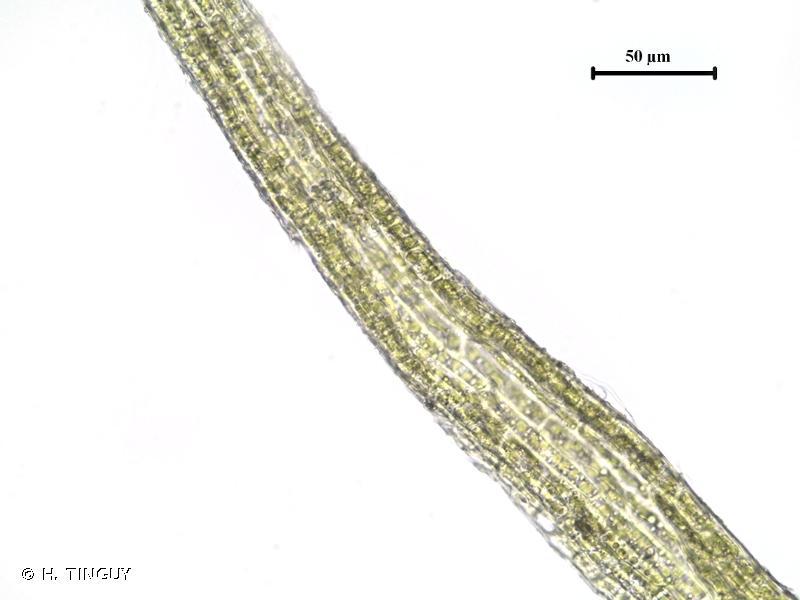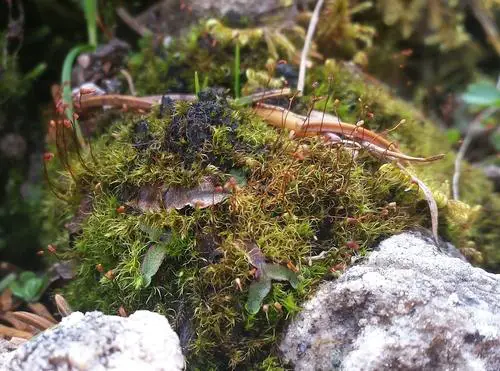
300366.jpg from: https://inpn.mnhn.fr/espece/cd_nom/4444
Introduction
In the vast and captivating world of bryophytes, the Dicranella grevilleana (Brid.) Schimp. moss stands out as a fascinating member of the Dicranellaceae

medium.jpg from: https://www.inaturalist.org/taxa/161832-Dicranella-grevilleana
family. This unassuming yet resilient plant has captured the hearts of moss enthusiasts worldwide, offering a unique glimpse into the intricate tapestry of nature’s smallest wonders.
Background
Before delving into the intricacies of this remarkable moss, it’s essential to understand its place within the broader context of bryophytes. These non-vascular plants, which include mosses, liverworts, and hornworts, are often overlooked but play a crucial role in various ecosystems. They are among the oldest land plants on Earth, with fossil records dating back over 400 million years.
Main Content
Morphology and Identification
The Dicranella grevilleana (Brid.) Schimp. moss is a small, acrocarpous species, meaning its sporophytes (spore-bearing structures) grow at the tips of the stems. Its slender, erect stems typically reach heights of 1-3 centimeters, forming dense tufts or cushions. The leaves are narrow, lance-shaped, and often curved or twisted when dry, revealing their remarkable ability to conserve moisture.
One of the most distinctive features of this moss is its seta, or the slender stalk that supports the capsule (spore case). The seta is typically reddish-brown in color, adding a touch of vibrancy to the otherwise green plant. The capsules themselves are cylindrical and slightly curved, with a distinctive operculum (lid) that detaches to release the spores.
Global Distribution and Habitat
The Dicranella grevilleana (Brid.) Schimp. moss is widely distributed across various regions, including Europe, North America, Asia, and parts of Africa. It thrives in a variety of habitats, from moist and shaded areas to exposed rock surfaces and even disturbed sites like roadside banks and old quarries.
Dicranella-heteromalla-41.jpg from: https://ohiomosslichen.org/moss-dicranella-heteromalla/
This moss’s ability to colonize diverse environments is a testament to its remarkable adaptability and resilience. It can often be found growing in close association with other bryophytes, forming intricate and visually stunning moss carpets or cushions.
Dicranella-heteromalla-0116.jpg from: https://www.britishbryologicalsociety.org.uk/learning/species-finder/dicranella-heteromalla/
Ecological Roles and Adaptations
Despite its diminutive size, the Dicranella grevilleana (Brid.) Schimp. moss plays a vital role in its ecosystem. These tiny plants act as pioneers, colonizing bare or disturbed areas and helping to stabilize the soil, prevent erosion, and create favorable conditions for other plants to establish themselves.
Moreover, mosses like Dicranella serve as important microhabitats for various invertebrates, providing shelter, food, and breeding grounds for these tiny creatures. They also contribute to nutrient cycling and water retention, making them invaluable components of healthy ecosystems.
One of the remarkable adaptations of this moss is its ability to withstand desiccation (drying out) and rapidly rehydrate when moisture becomes available. This trait, known as poikilohydry, allows the moss to survive in environments with intermittent water availability, making it a true survivor in the plant kingdom.
Case Studies/Examples
In a recent study conducted in the Pacific Northwest region of North America, researchers discovered a thriving population of Dicranella grevilleana (Brid.) Schimp. moss growing on the banks of a small stream. The moss formed a lush, vibrant carpet, providing a unique microhabitat for various invertebrates, including springtails and mites.
Another noteworthy example comes from a nature reserve in central Europe, where this moss was found growing on the exposed roots of ancient oak trees. Its presence not only added a touch of beauty to the forest floor but also played a crucial role in maintaining soil moisture and preventing erosion around the tree roots.
Technical Table
221120152212_DSC_0099.JPG.full.JPG from: https://wildbristol.uk/groups/ferns-horsetails-mosses-liverworts/silky-forklet-moss/
| Characteristic | Description |
|---|---|
| Family | Dicranellaceae |
| Genus | Dicranella |
| Species | Dicranella grevilleana (Brid.) Schimp. |
| Growth Form | Acrocarpous, erect stems forming dense tufts or cushions |
| Leaf Shape | Narrow, lance-shaped, often curved or twisted when dry |
| Seta Color | Reddish-brown |
| Capsule Shape | Cylindrical, slightly curved |
| Operculum | Distinctive lid that detaches to release spores |
| Habitat | Moist and shaded areas, exposed rock surfaces, disturbed sites |
| Distribution | Europe, North America, Asia, parts of Africa |
| Adaptations | Poikilohydry (ability to withstand desiccation and rapidly rehydrate) |
Conclusion
The Dicranella grevilleana (Brid.) Schimp. moss may be small in stature, but its impact on the natural world is profound. From its remarkable adaptations to its vital ecological roles, this unassuming plant serves as a reminder of the intricate beauty and resilience that can be found in the most unexpected places.
As we continue to explore and appreciate the wonders of the bryophyte world, let us ponder this thought-provoking question: In a world where size often dictates importance, what lessons can we learn from the humble yet extraordinary Dicranella grevilleana (Brid.) Schimp. moss?